One of the best things to do in Italy’s Liguria region is to hike through Cinque Terre vineyards high above Manarola and Corniglia, two of the five villages that make up the ‘five lands.’
What’s the best part? The views are spectacular.
Hike through Cinque Terre vineyards
The route from Volastra to Corniglia can be completed at a leisurely pace and presents a wonderful opportunity to escape the crowded pace of the five villages during busy periods.
1. Start in Volastra
Thank goodness for reviews. Most of the online intel was vague, incorrect, or outdated. However, we found a gem of a suggestion from Jim H at TripAdvisor. He suggested starting in Volastra and ending in Corniglia, as opposed to starting in Corniglia and ending in Volastra or Manarola. His suggestion meant that most of the trail was either flat or downhill.
Passing so many hikers coming in the opposite direction, huffing and puffing as they negotiated the climbs, an inner voice shouted, “You’re going in the wrong direction!” This was especially true on the portion of the trail directly above Corniglia. Thank you Jim H!!
The small hilltop hamlet of Volastra sits high above Manarola. With a population of almost 200, Volastra, ‘the village of the olive,’ is surrounded by olive groves that supply the Cinque Terre with most of its olive oil.
Sentiero 586 begins beside the church, Nostra Signora della Salute (‘Our Lady of Health’).
2. Vineyards of Cinque Terre
The hillsides above Manarola are blanketed in vertiginous stone-terraced vineyards.
For centuries, the terraced vineyards of the Cinque Terre kept the slopes intact. Grapevines have root systems that help combat erosion, and vine growers kept their stone terraces maintained. Beginning in the 1970s, tourism upset the balance and many vineyards were abandoned. After a generation of agricultural decline, violent weather in 2011 saw devastating landslides and flooding. Restaurants and shops of Monterosso al Mare and Vernazza were buried under raging rivers of mud, rocks, trees, vehicles, and household items. As a result, sections of the coastal trail linking the five villages are permanently or temporarily closed.
Centuries of a tradition known as la viticoltura eroica (heroic viticulture) sums up the Cinque Terre’s unique culture of grape growing and wine making. It acknowledges the difficulty working the rocky, craggy terrain, and the backbreaking labour to produce a single bottle of wine. Vine growers needed to be farmers, labourers, stonemasons, and architects to carve out strips of cultivable land from the steep slopes.
With its thousands of kilometres of dry-stone walls, this unique ‘wine landscape’ has been a UNESCO World Heritage site since 1997.
Grape vine stems are trained horizontally on trellises.
There’s no twine, rubber, plastic, vinyl, or elastic in sight. Vine growers in Cinque Terre use natural materials for tying grape vines.
What’s difficult to imagine is that vine growers and their crews work the vineyards from these paths. There’s no room for heavy machinery, although we stepped over and under a few cogwheel monorails. These haul a gasoline-fuelled cart carrying materials and harvested grapes from the hardest-to-reach terraces.
We hiked the trail in early April. An advantage of visiting the region in August or September is that at the end of the hike, the sea remains warm enough to swim, and grapevines are covered with leaves and fruit. It’s also harvest time, presenting an opportunity to observe the backbreaking work involved in getting the grapes to the drying racks or the wine cellars, and better appreciate the wines of Cinque Terre’s dramatic vineyards.
3. The trails: Sentieri 586 and 587
Somewhere between sea and sky, the section of the trail beginning in Volastra weaves its way through vineyards. It’s easy to follow, but there are no guardrails and having a head for heights is an asset.
The path is narrow, with little-to-no room to pass. We were hiking to the cliff-top village of Corniglia, the middle of the five villages, the only one without direct access to the sea.
At a relaxed pace, Volastra to Corniglia takes a couple of hours. It’s only 2.3 miles / 3.7 kilometres, but in the Cinque Terre it’s about soaking up the landscape and enjoying the views.
After the vineyards, the trail wound its way through a forest.
The red and white markings were at strategic points along the trail. Sentiero #586 began in Volastra and merged with the #587…
… for the descent into Corniglia.
Conclusion
I loved the hike. It was comfortable, and not at all taxing. Had we hiked in the opposite direction, it would not have been as pleasant. My ‘relatively easy’ ranking for Volastra to Corniglia would have undoubtedly been ‘moderately difficult’ for Corniglia to Volastra.
The Corniglia railway station is at coast level but Corniglia itself is accessible with a zigzagged climb of 385 steps. That’s another 385 reasons to end in Corniglia, and descend to the train station.
Logistics and tips
- Check with the tourist information office for the latest advisories on trail closures. We did this on a daily basis.
- A pass isn’t required to hike the hillside trail.
- It’s possible to drive to Volastra. Free parking is available. Or, do as we did and take the ATC shuttle from Riomaggiore (or Manarola).
- A day bag is useful for a rain jacket and discarded layers, among other things.
- Carry water, a snack, and perhaps a walking stick or hiking pole.
- Wear a hat, sunglasses, and sunscreen, and pack insect repellent. During the summer months, start out early to avoid the hotter periods of the day.
- If it’s a warm day, bring a swimsuit for a dip at your destination.
- Wear shoes with good support and tread. You’ll encounter loose gravel, uneven steps, and slippery conditions during wet weather.
If you found this post helpful, please share it by selecting one or more social media buttons. Thank you. If you’re considering a visit to the region, you might be interested in my 15 Tips for visiting Cinque Terre.
Pin for later?

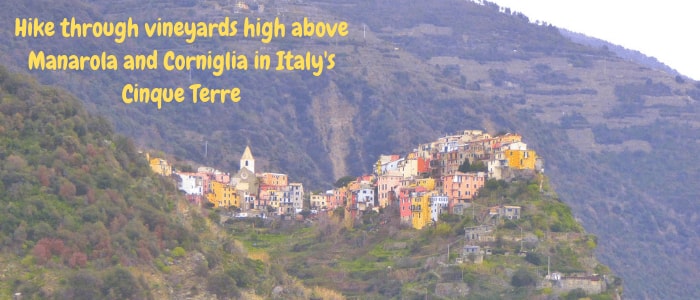
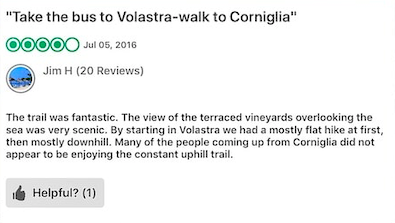
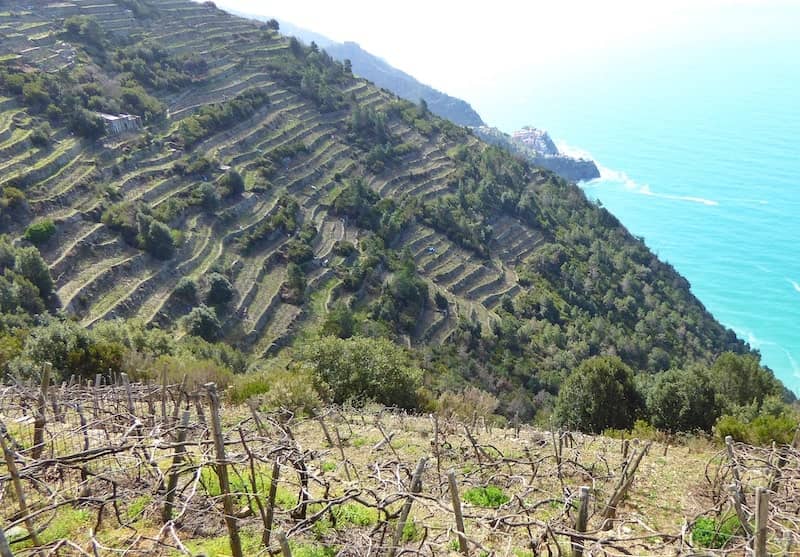
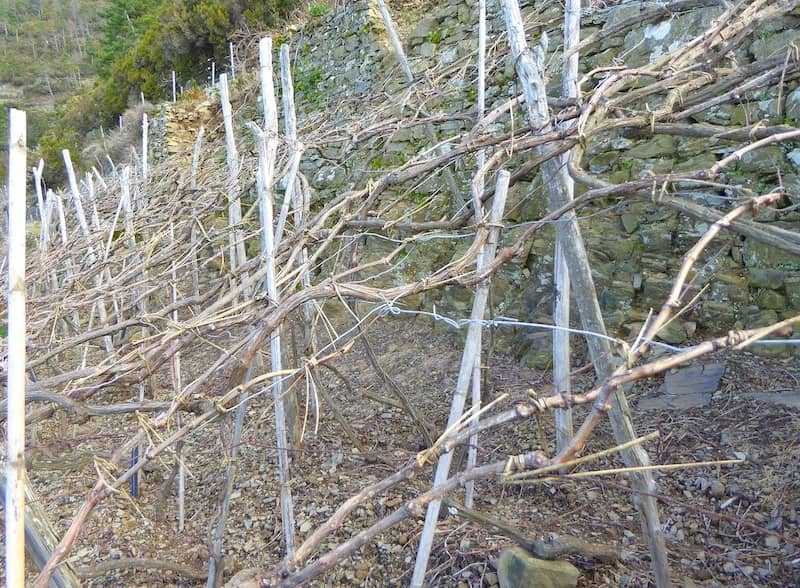
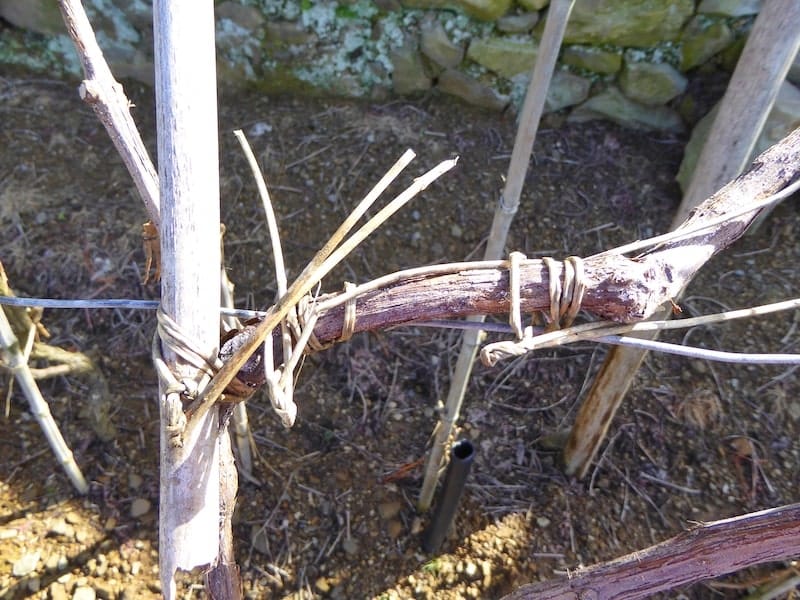
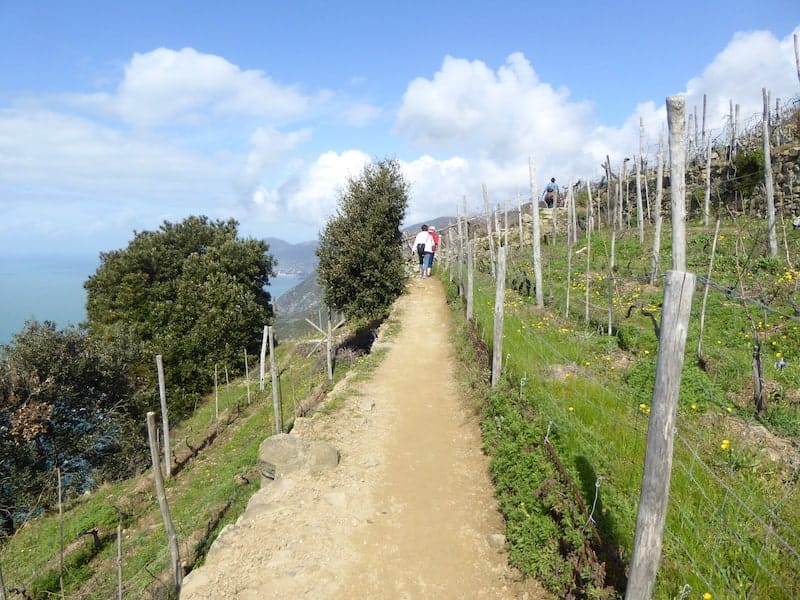
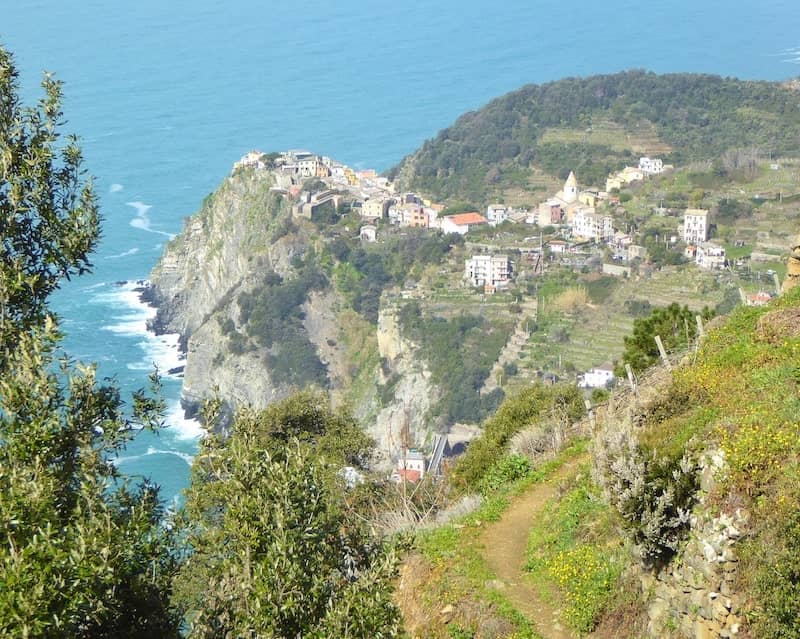
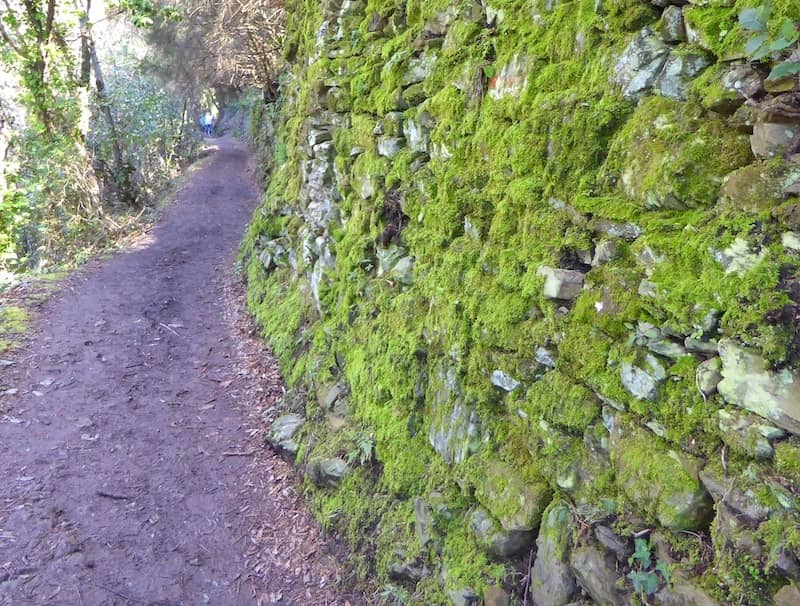
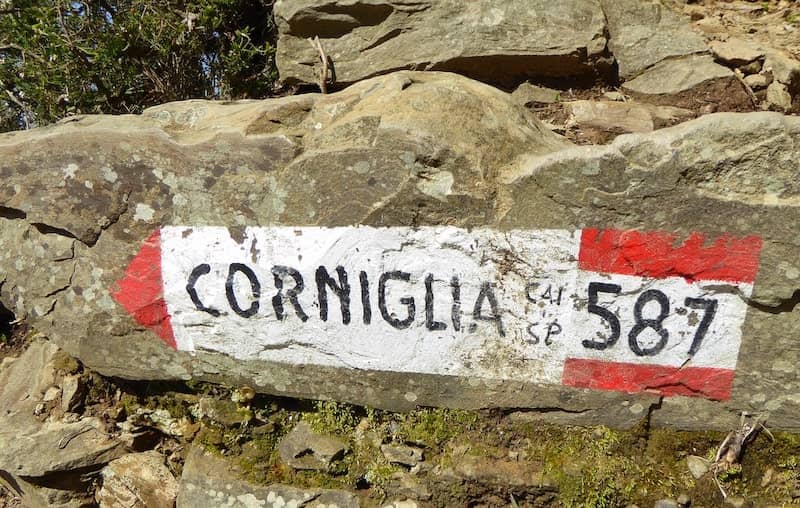
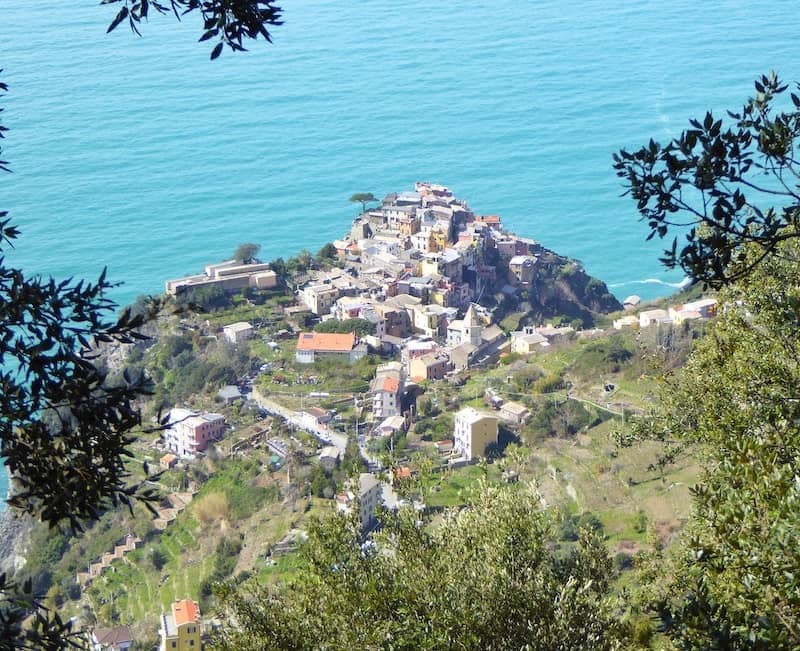
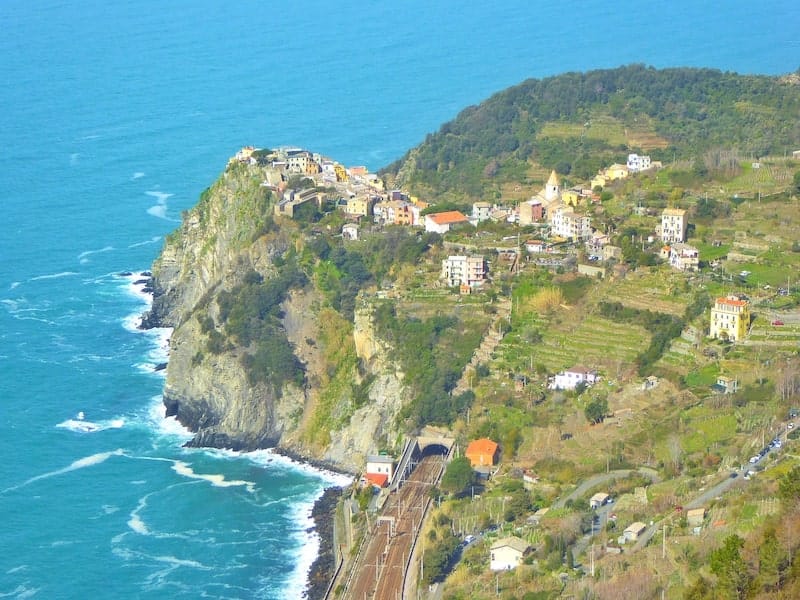
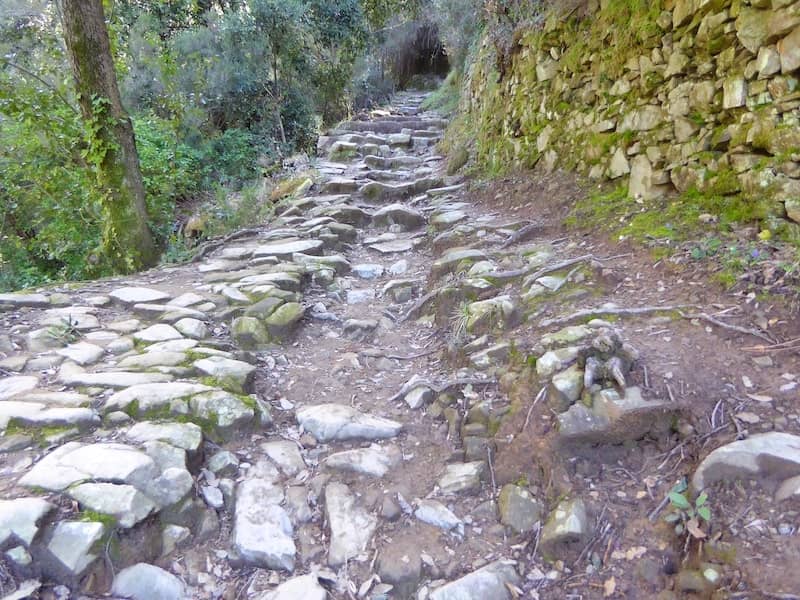
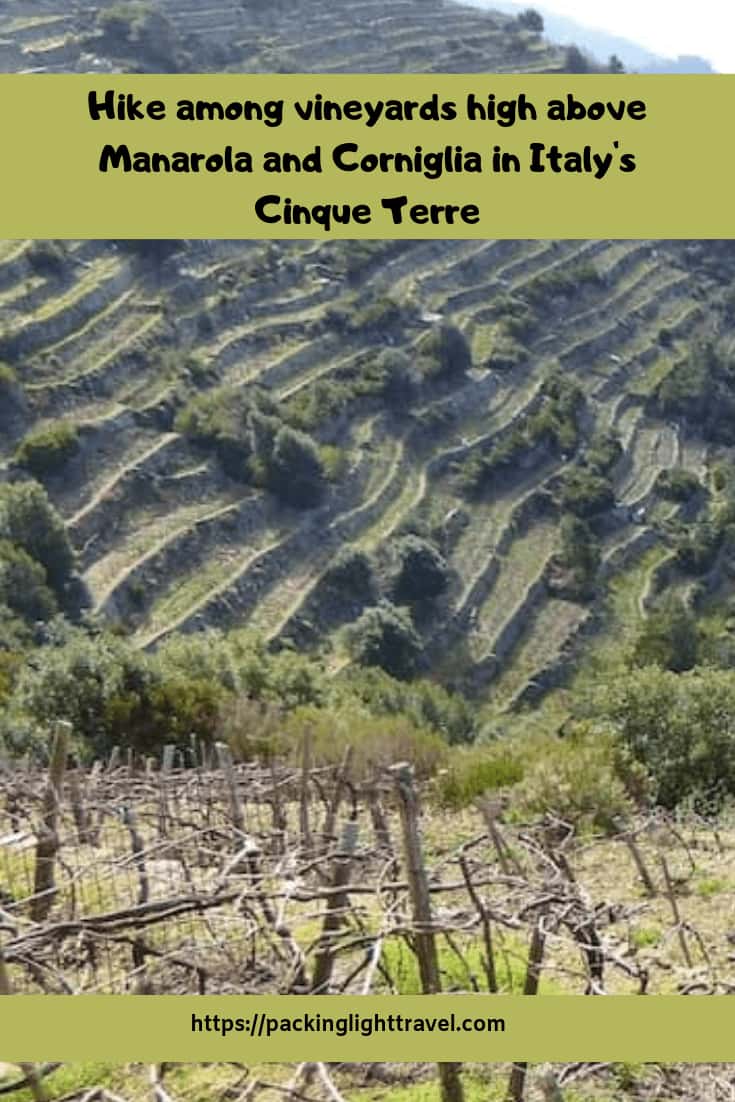




Trackbacks/Pingbacks